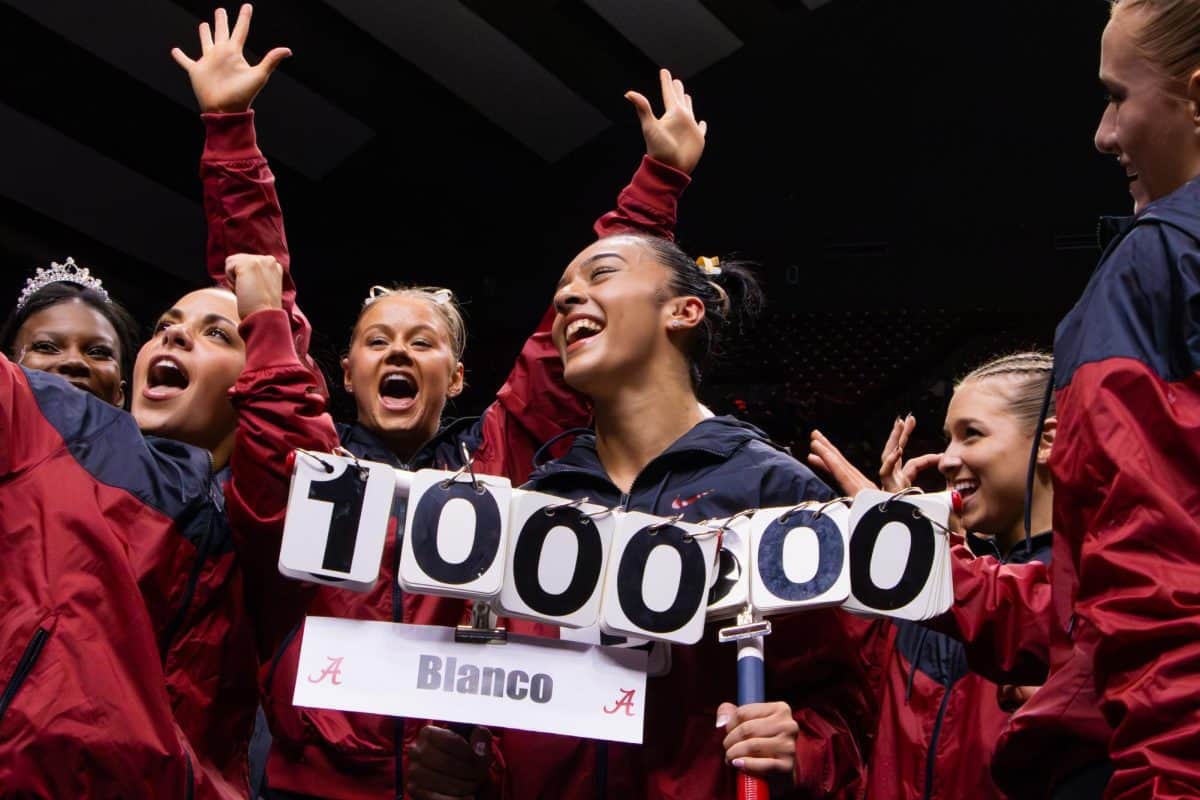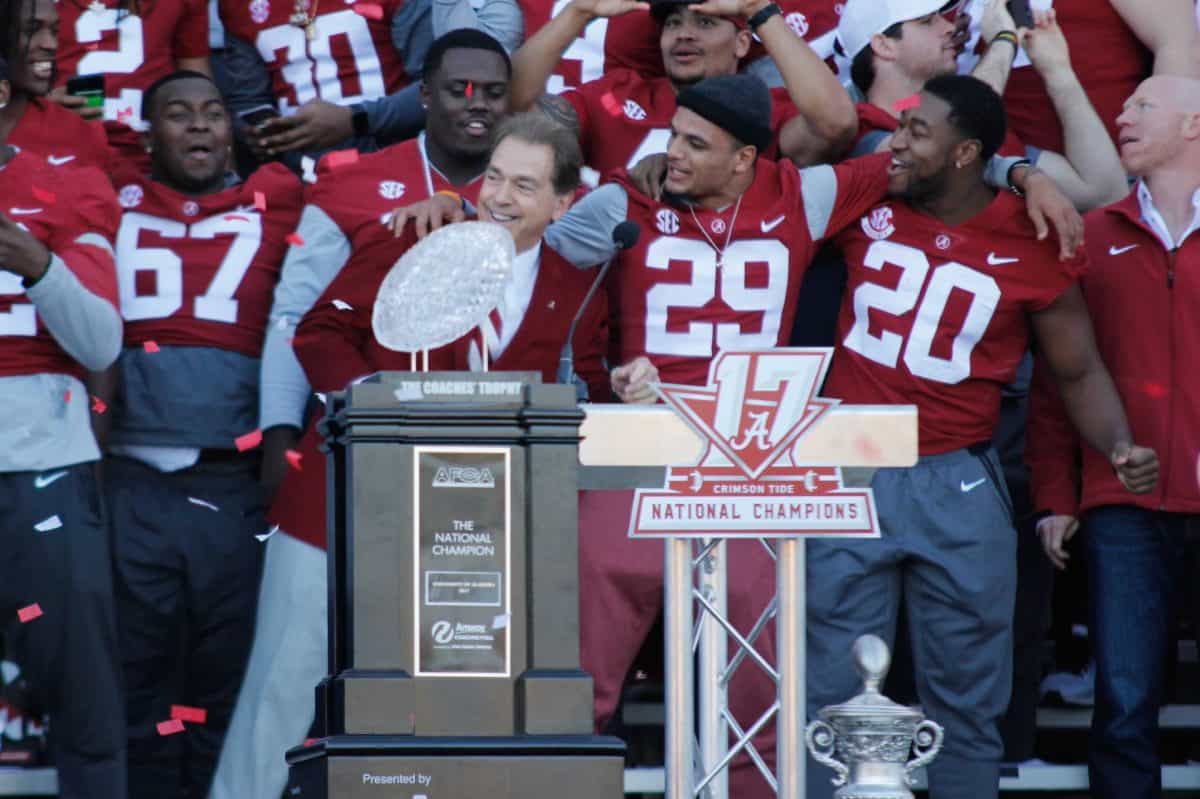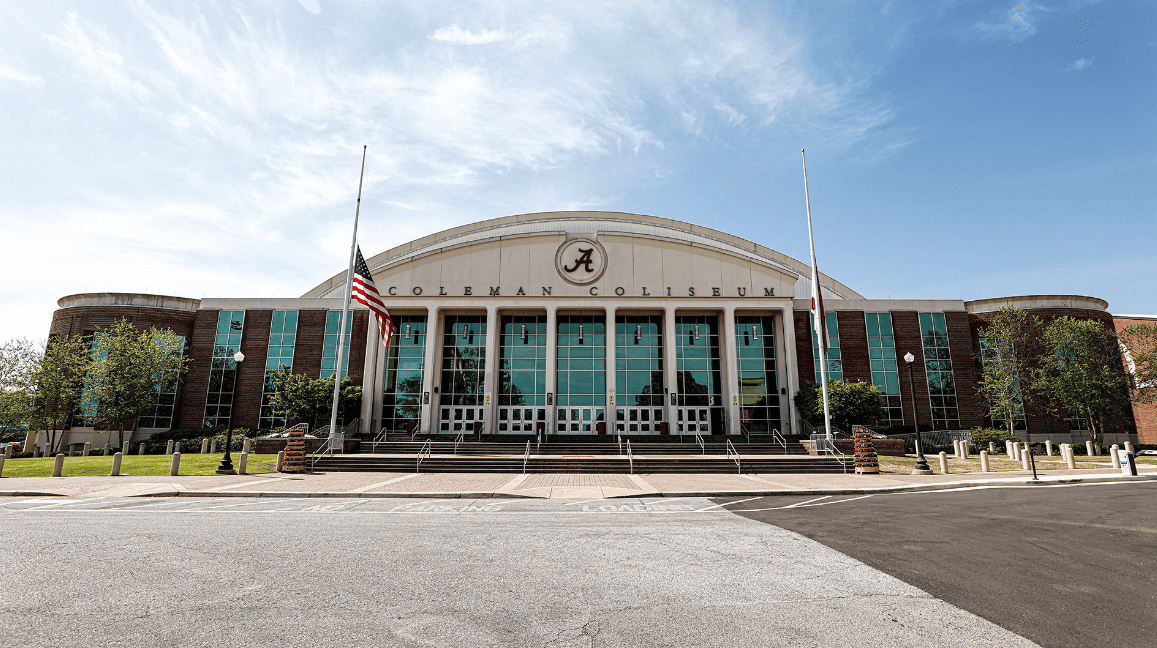A Wall Street Journal column claiming the tornado recovery effort in Joplin has been more effective than the one in Tuscaloosa has sparked a debate between Tuscaloosa Mayor Walt Maddox and the UA professor who wrote the article.
The piece, titled “Tornado Recovery: How Joplin is Beating Tuscaloosa,” cast Joplin as a city “letting local businesses lead the revival” and Tuscaloosa as a community “imposing top-down rules and waiting for FEMA.”
Maddox released a letter Monday morning that said the column, written by Daniel J. Smith and David Beito, a UA history professor, contained several factual errors about the recovery processes in the two cities devastated in storms last year.
“A lot of the problem is that it’s very hard for [Smith] to get information out of the city, and get consistent information, but the information he does have indicates that Joplin is building more rapidly than we are, that there are more permits being issued there,” Beito said in an interview Monday. “If you drive through Tuscaloosa you can see that. It’s about as obvious as it can be. It’s getting hard now for people to just explain that away.”
Maddox, in an interview Monday, said he embraced conversation and constructive criticism of the city’s recovery plans, but questioned the responsibility of submitting the op-ed for print before the pair was certain their facts were completely accurate.
“The debate of our differences is valid,” Maddox said. “Misleading statistics are not.”
The Wall Street Journal story stated that eight in 10 businesses affected by Joplin’s May tornado have reopened, but less than half of affected Tuscaloosa businesses have applied for building permits. However, in Maddox’s response letter, he clarified that 92 percent of commercial structures damaged have received repair permits and 34 percent of destroyed commercial structures have received new construction permits.
Rather than continue to focus on where numbers were pulled from, both Beito and Maddox opted to examine the bigger pictures of Joplin’s recovery plan compared to Tuscaloosa’s.
“You can see this as a difference in philosophy, and a lot of people say, ‘well, nobody’s right, nobody’s wrong.’ I disagree with that,” Beito said. “Our urban planning philosophy right now is that we’re going to remake Tuscaloosa, and in 25 years it’s just going to blow your mind, but for me, I’m struck by the here and now, and I think there’s a tremendous amount of unfairness in the here and now.”
Maddox agreed there was a difference in philosophy but said it was imperative for the city to focus on its future and to anticipate the issues Tuscaloosa will face in five and 10 years. Without that foresight, Maddox said, the rebuilt city will fail to be what its citizens deserve.
“It’s very important that the city looks to the long term,” Maddox said. “All of us have asked our politicians to look beyond our next election cycle before, and in this case Tuscaloosa is clearly doing that.
“Let’s be honest with ourselves — on April 26, Alberta, Forest Lake and Rosedale were not living up to their maximum potential. If we had been content to return to that status quo, we would have ensured that we would fail them again in years to come.”
Beito argued that the city’s delay to rebuild in favor of a detailed plan for the future doesn’t allow for owners of small businesses to rebuild in a timely manner, if at all. Aiming to attract big retailers and zoning for a more urban Tuscaloosa in the distant future leaves many local entrepreneurs in limbo.
It’s wrong, Beito said, to leave those citizens without a way to rebuild as part of a plan to build a better Tuscaloosa that ultimately may have no place for them.
“There are people who desperately want to rebuild,” Beito said. “Joplin has reacted to the situation by saying you were affected, you invested your resources to build these businesses, you paid taxes to the city over all these years, and we want to help you.”
Joplin’s plan, though, is not Tuscaloosa’s, Maddox said.
“What the citizens of Joplin want, I respect, but I also respect what the citizens of Tuscaloosa want. A majority of citizens wanted a long-term strategic view, and as their representatives, as someone that works for them, I’ve tried to make sure that we stay true to their promise of tomorrow.”
The biggest difference in the processes of the two cities, Beito said, is the value of input from citizens and business owners.
“The crux of our point is that Joplin relied much more heavily on getting input and involvement from the businesses that were directly affected,” Beito said. “That’s the difference. We relied more on outside consultants and the Tuscaloosa Forward Plan, and the people behind the vision of the plan.”
However, Maddox said almost 3,000 citizens have participated in dozens of open meetings in the city since the tornado, and more than 70,000 users visited a site set up as a virtual town hall to allow citizens to contribute ideas to the recovery process.
“What we have been doing was driven by our citizens,” Maddox said. “We have listened, we have processed and we have done our best to create a consensus for a strategic vision moving forward. It’s impossible to create something that will be met with unanimous support, but all of us want to rebuild in a way that honors all those that lost so much”






